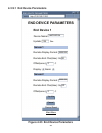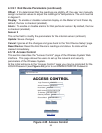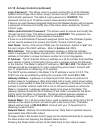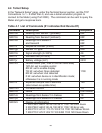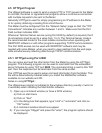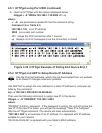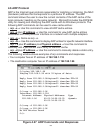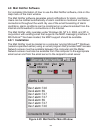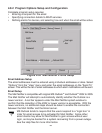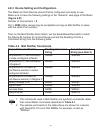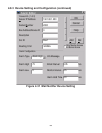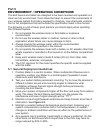
63
4.6 ARP Protocol
ARP is the Internet layer protocol responsible for matching or obtaining the MAC
(hardware) address that corresponds to a particular IP address. The ARP
command allows the user to view the current contents of the ARP cache of the
local computer (residing on the same network). Microsoft includes the ARP.EXE
utility for viewing and modifying the ARP cache with its Windows products. The
following ARP commands can be used to view cache entries:
• arp –a
➞ Use this command to view all ARP cache entries.
• arp –a
plus IP address ➞ Use this command to view ARP cache entries
associated with one particular interface on a network with multiple adapters.
• arp –g ➞ Same as arp –a.
• arp –N ➞ Use this command to display ARP entries for specific network interface.
• arp – s
plus IP address plus Physical address ➞ Use this command to
manually add a permanent static entry to the ARP cache.
• arp –d plus IP address ➞ Use this command to manually delete a static entry.
The following window shows examples of arp commands and responses.
• Your computer has an IP address of 192.168.1.118
• The destination computer has an IP address of 192.168.1.96
Figure 4.27 ARP Commands and Responses
C:\>ping 192.168.1.96
Pinging 192.168.1.96 with 32 bytes of data:
Reply from 192.168.1.96=bytes=32 time=5ms TTL=32
Reply from 192.168.1.96=bytes=32 time=3ms TTL=32
Reply from 192.168.1.96=bytes=32 time=3ms TTL=32
Reply from 192.168.1.96=bytes=32 time=4ms TTL=32
C:\>arp -a 192.168.1.96
Interface: 192.168.1.118
Internet Address Physical Addresss Type
192.168.1.96 00-03-34-00-00-23 dynamic
00-03-34-00-00-23
C:\>arp -d 192.168.1.96
C:\>arp -a 192.168.1.96
No ARP Entries Found
C:\>




